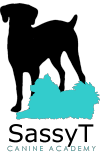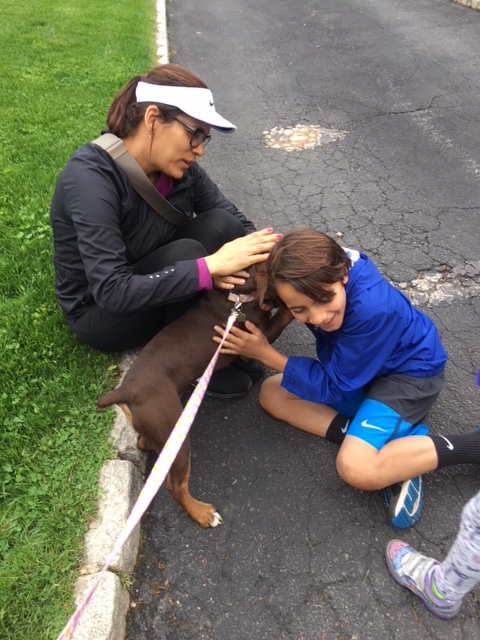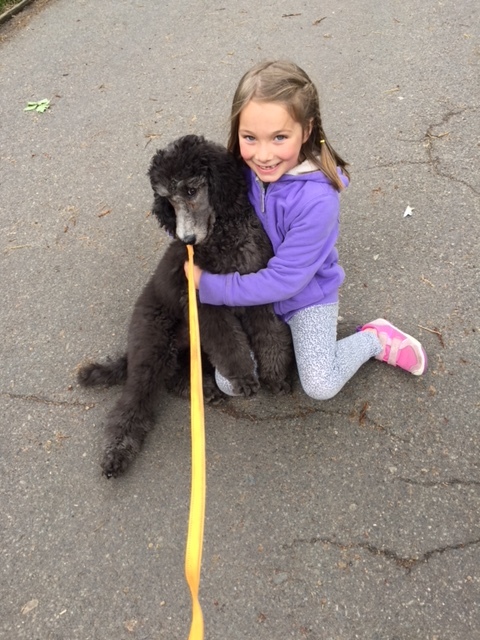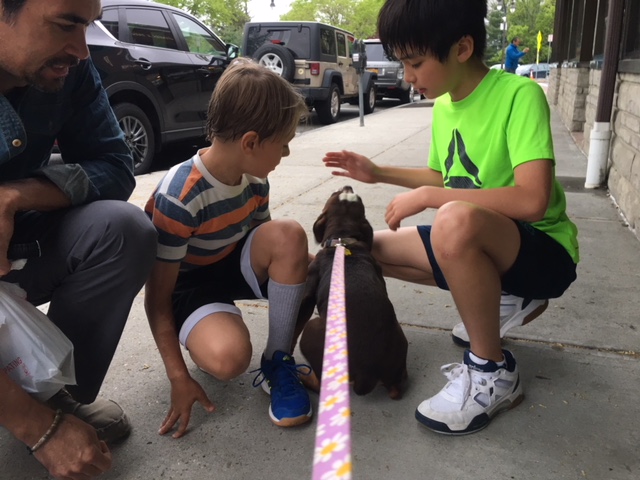This is an exercise everyone seems to agree is a good thing to teach our dogs. But besides being a cute party trick, is it really teaching anything useful?
So many people think their dog knows how to stay, as evidenced when they do this exercise. And then they are disappointed when the dog cannot stay while visitors arrive, while cooking or eating meals, or during whatever temptation is rearing it’s ugly head.
This exercise in it’s most simple form is no more useful than a party trick.
It is just the tip of the iceberg to teaching humans to teach dogs basic impulse control. If you want to really teach your dog to stay in the face of distractions, try adding these layers of difficulty to the basic exercise:
For ALL exercises:
Easy version: ask puppy to sit.
Hard version: wait for puppy to sit voluntarily.
Super hard version: refrain from saying say stay/wait. Voluntary behavior teaches more self-control.
If bowl gets to the ground with a politely-sitting puppy/dog:
Easy: say “free!” and let puppy eat
Medium: count to 20, then say “free!” and let puppy eat
Hard: count to 40, then say “free!” and let puppy eat
Super difficult: count to 20, ask for down, then say “free!” and let puppy eat.
Whoa, impressive: count to 20, ask for sit/down/sit/touch, then say “free!” and let puppy eat.
PHD level: step behind dog and ask for a touch, then say “free!” and let puppy eat.
Now we’re REALLY talking self-control: apply exercise to exiting crates, cars, or any place where patience is preferred.










































